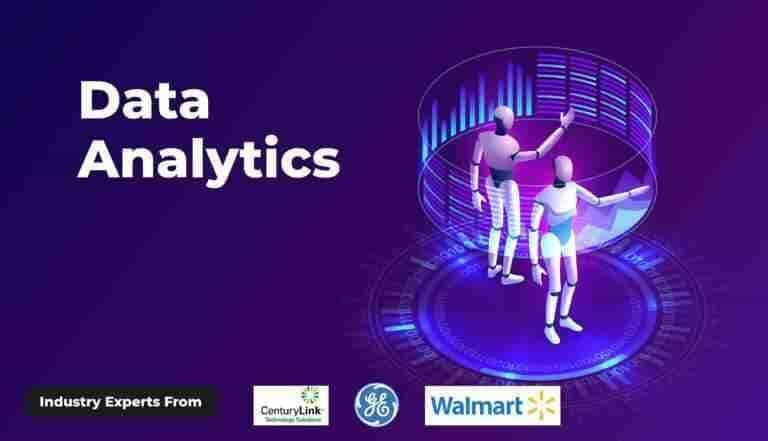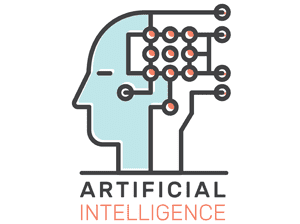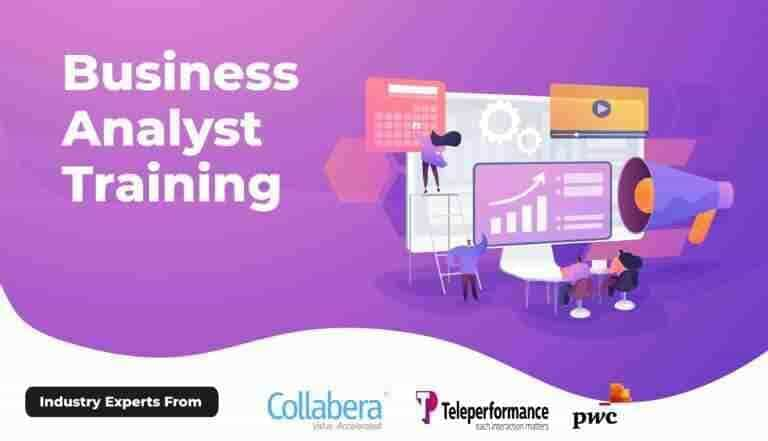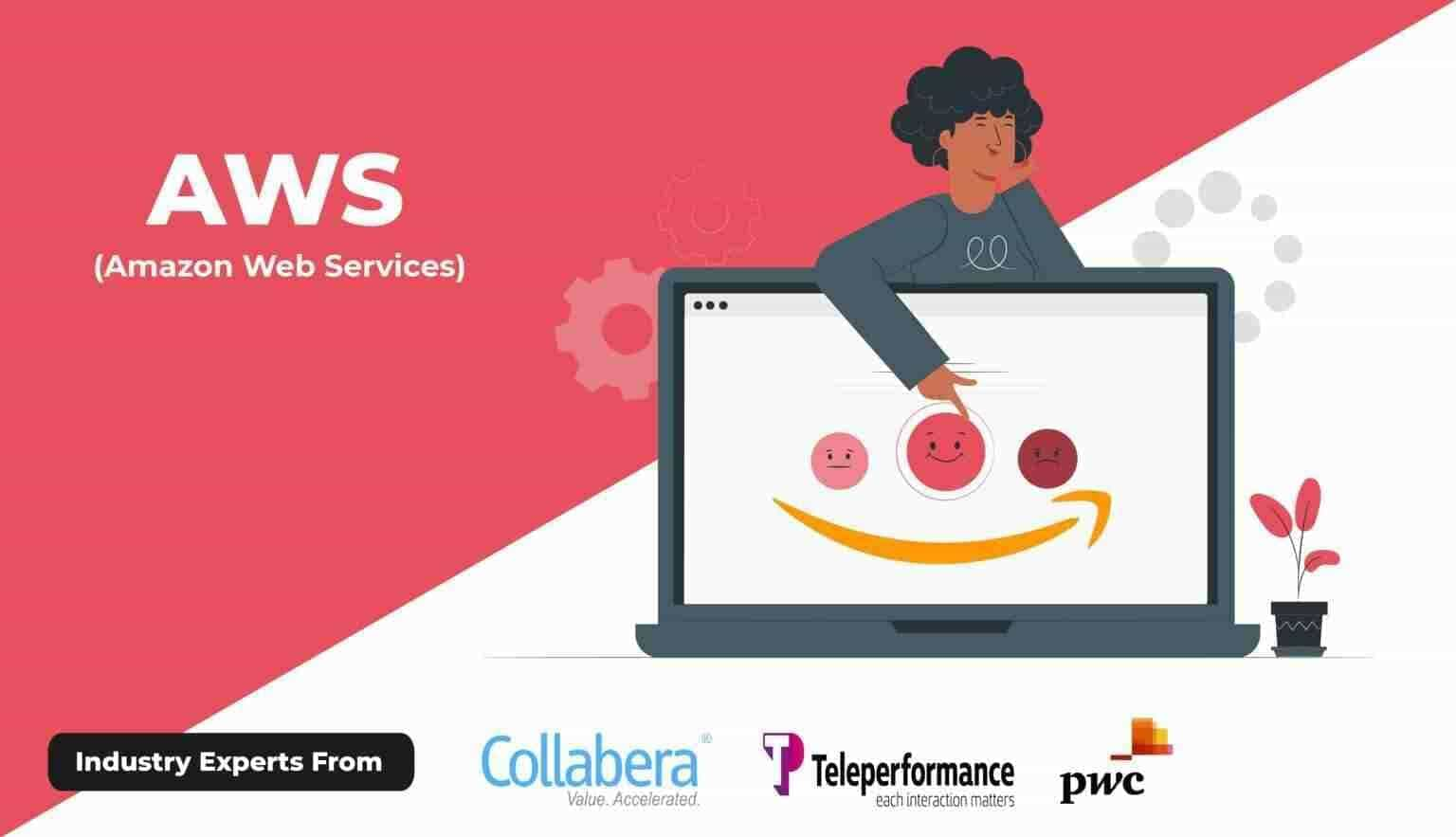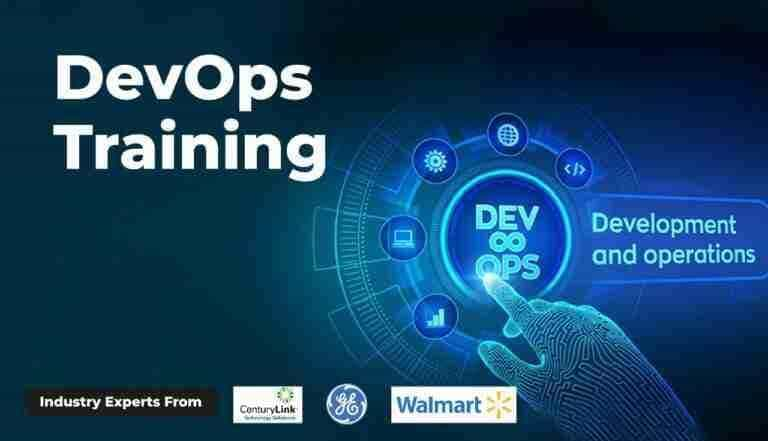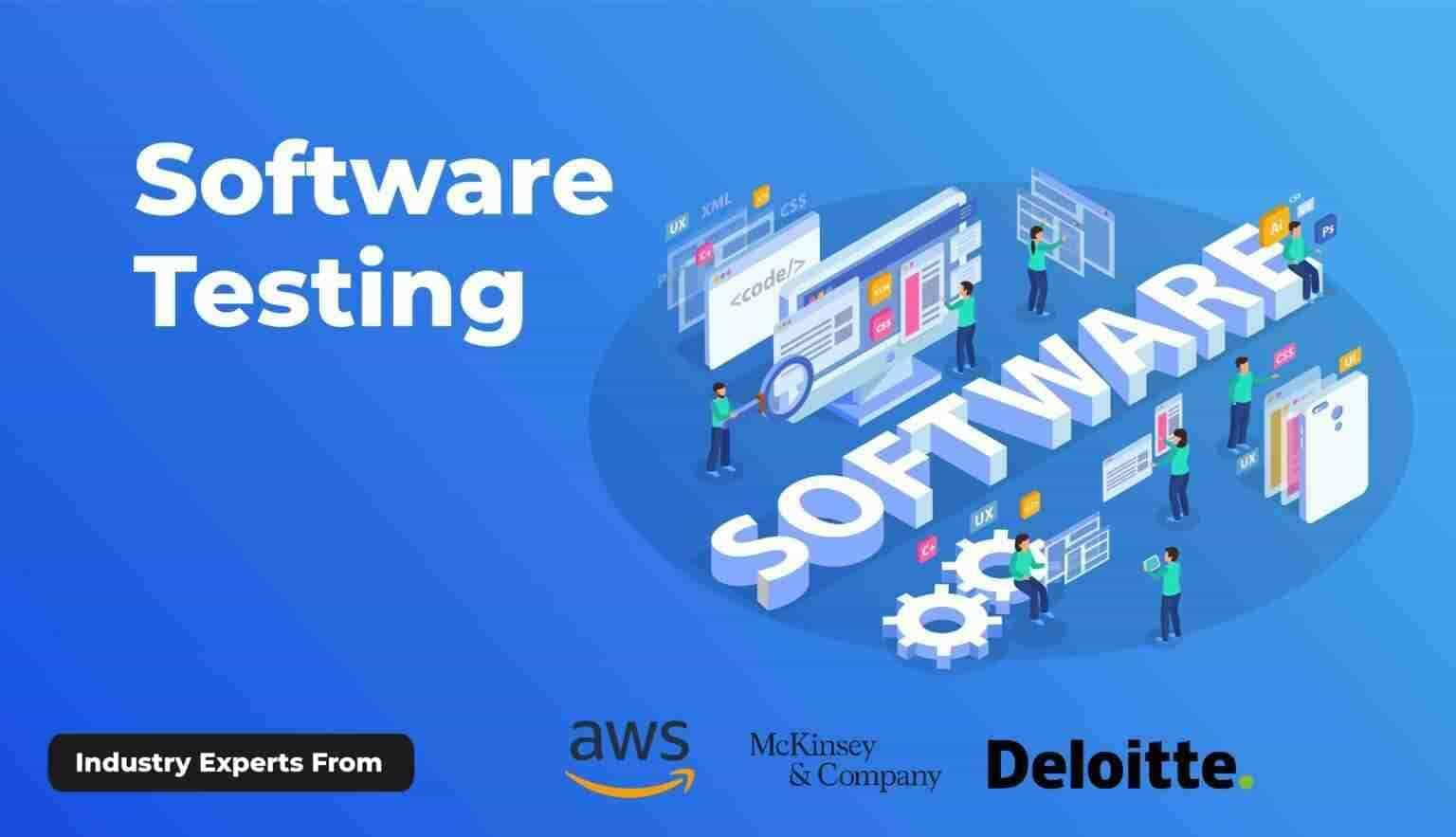AI Models for Business Automation in 2025: Transforming the Corporate Landscape

The landscape of AI-powered business automation has evolved dramatically from the experimental implementations of just a few years ago. Today's AI models offer robust, scalable solutions that can seamlessly integrate into existing business infrastructures, providing immediate value while laying the foundation for future innovation. Organizations are no longer asking whether they should adopt AI automation, but rather which models best serve their specific needs and how quickly they can implement these transformative technologies.
The Current State of AI Business Automation
The contemporary business environment has witnessed a remarkable acceleration in AI adoption, driven by several converging factors that make 2025 a pivotal year for automation initiatives. Advanced language models, computer vision systems, and predictive analytics platforms have matured to the point where they can handle complex business processes with minimal human intervention. This maturation has coincided with significant improvements in cloud computing infrastructure, making powerful AI capabilities accessible to organizations regardless of their technical expertise or financial resources.
Modern AI models demonstrate remarkable versatility in addressing diverse business challenges. From customer service chatbots that can handle intricate inquiries with human-like understanding to sophisticated financial modeling systems that can predict market trends with unprecedented accuracy, these technologies are proving their worth across virtually every industry sector. The integration of natural language processing, machine learning, and robotic process automation has created comprehensive solutions that can automate entire workflows rather than just individual tasks.
What sets 2025 apart from previous years is the emergence of truly intelligent automation systems that can adapt and learn from their environments. Unlike earlier automation tools that required extensive programming and constant maintenance, contemporary AI models can self-optimize, identify new automation opportunities, and even suggest improvements to existing processes. This evolution represents a fundamental shift from rigid, rule-based automation to dynamic, intelligence-driven systems that grow more valuable over time.
Key AI Models Driving Business Transformation
The diversity of AI models available for business automation in 2025 reflects the varied needs and challenges faced by modern organizations. Large Language Models have revolutionized customer communication, content creation, and document processing. These sophisticated systems can understand context, generate human-quality responses, and even translate complex technical information into accessible formats for different audiences. Businesses are leveraging these capabilities to automate customer support, create marketing materials, and streamline internal communications.
Computer Vision models have found extensive application in quality control, inventory management, and security systems. Manufacturing companies use these technologies to detect defects with greater accuracy than human inspectors, while retail organizations employ them to monitor inventory levels and prevent theft. The ability of these systems to process visual information in real-time has opened new possibilities for automation in traditionally manual-intensive industries.
Predictive Analytics models have become indispensable for strategic planning and risk management. These systems analyze vast amounts of historical data to identify patterns and trends that human analysts might miss. Financial institutions use them to assess credit risk and detect fraudulent transactions, while supply chain managers rely on them to optimize inventory levels and predict demand fluctuations. The accuracy and speed of these predictions have improved dramatically, making them reliable tools for critical business decisions.
Robotic Process Automation models have evolved beyond simple task automation to incorporate cognitive capabilities. Modern RPA systems can handle unstructured data, make decisions based on complex criteria, and interact with multiple software systems simultaneously. This evolution has made it possible to automate end-to-end business processes that previously required human oversight at multiple points.
For professionals seeking to understand and implement these technologies effectively, comprehensive education becomes crucial. Programs such as the Machine Learning course in Noida provide essential knowledge about AI model selection, implementation strategies, and optimization techniques that can significantly impact automation project success.
Industry-Specific Applications and Success Stories
The healthcare industry has embraced AI automation with remarkable results, transforming everything from patient diagnosis to administrative operations. Medical facilities are using AI models to analyze medical images, predict patient outcomes, and optimize treatment protocols. Administrative tasks such as appointment scheduling, insurance claim processing, and patient record management have been largely automated, allowing healthcare professionals to focus more on patient care. The accuracy and speed of AI-driven diagnostic tools have improved patient outcomes while reducing costs and wait times.
Financial services organizations have implemented AI automation across multiple touchpoints, from algorithmic trading to fraud detection and customer service. Investment firms use sophisticated AI models to analyze market conditions and execute trades at optimal times, while banks employ them to process loan applications and assess credit worthiness. Customer-facing applications include chatbots that can handle complex financial inquiries and personalized investment advice systems that adapt to individual client needs and risk profiles.
Manufacturing industries have experienced perhaps the most visible transformation through AI automation. Smart factories now use interconnected AI systems to optimize production schedules, predict equipment failures, and ensure quality control. These systems can adjust production parameters in real-time based on demand forecasts, material availability, and quality metrics. The result is more efficient operations, reduced waste, and improved product quality.
Retail and e-commerce businesses have leveraged AI automation to create more personalized customer experiences while optimizing their operations. Recommendation engines analyze customer behavior to suggest relevant products, while dynamic pricing models adjust prices based on demand, competition, and inventory levels. Supply chain automation ensures optimal stock levels and efficient delivery routes, improving customer satisfaction while reducing operational costs.
Implementation Strategies and Best Practices
Successfully implementing AI automation requires a strategic approach that considers both technical and organizational factors. Organizations must begin by conducting thorough assessments of their current processes to identify automation opportunities that align with business objectives. This evaluation should consider not only the technical feasibility of automation but also the potential impact on employees, customers, and overall business operations.
The selection of appropriate AI models depends on specific business requirements, available data, and desired outcomes. Organizations should prioritize solutions that integrate well with existing systems and can scale as business needs evolve. Starting with pilot projects allows companies to validate their approach, refine their implementation strategies, and build confidence in AI automation before expanding to more critical processes.
Change management represents a crucial component of successful AI automation initiatives. Employees need training and support to work effectively with AI systems, and organizations must clearly communicate how automation will impact job roles and career development. The most successful implementations involve employees in the automation process, leveraging their domain expertise to improve system performance and identify new automation opportunities.
Data quality and governance are fundamental to AI automation success. Organizations must ensure their data is accurate, consistent, and accessible to AI systems. This often requires investments in data infrastructure and governance processes that may seem costly initially but are essential for long-term automation success. Poor data quality can undermine even the most sophisticated AI models, making data preparation a critical early step in any automation initiative.
Overcoming Common Challenges and Obstacles
Despite the proven benefits of AI automation, organizations frequently encounter challenges that can impede successful implementation. Technical complexity represents one of the most significant barriers, as many businesses lack the internal expertise needed to select, implement, and maintain AI systems. This challenge is compounded by the rapid pace of AI development, which can make it difficult for organizations to keep up with the latest capabilities and best practices.
Integration with legacy systems often presents unexpected complications. Many organizations operate on older software platforms that were not designed to work with modern AI technologies. Bridging this gap requires careful planning and sometimes significant infrastructure investments. However, the long-term benefits of modernization typically justify these upfront costs.
Resistance to change can slow or derail automation initiatives, particularly when employees fear that AI will replace their jobs. Successful organizations address these concerns proactively by clearly communicating how AI will augment rather than replace human capabilities. They invest in retraining programs and create new roles that leverage both human creativity and AI efficiency.
Regulatory compliance adds another layer of complexity, particularly in highly regulated industries such as healthcare and finance. Organizations must ensure their AI systems meet all relevant regulatory requirements while maintaining the flexibility needed for business operations. This often requires close collaboration with legal and compliance teams throughout the implementation process.
The Economic Impact and Return on Investment
The financial benefits of AI automation extend far beyond simple cost reduction, though the savings can be substantial. Organizations typically see immediate reductions in labor costs for routine tasks, but the more significant benefits come from improved accuracy, faster processing times, and the ability to scale operations without proportional increases in staffing. These improvements translate into better customer service, faster time-to-market for new products, and increased competitive advantage.
Revenue generation through AI automation often exceeds cost savings in terms of overall business impact. Personalized marketing campaigns powered by AI can significantly increase conversion rates and customer lifetime value. Predictive maintenance systems prevent costly equipment failures and production disruptions. Dynamic pricing models optimize revenue by adjusting prices based on real-time market conditions and demand patterns.
The scalability of AI automation creates particularly compelling economic advantages for growing businesses. Unlike human workers, AI systems can handle increased workloads without proportional increases in costs. This scalability allows organizations to grow their operations efficiently while maintaining consistent service quality and operational efficiency.
Long-term competitive advantages emerge as organizations become more data-driven and responsive to market changes. AI automation enables companies to make faster, more informed decisions based on comprehensive data analysis rather than intuition or limited information. This capability becomes increasingly valuable in rapidly changing markets where the ability to adapt quickly can determine business success or failure.
Future Trends and Emerging Technologies
The trajectory of AI automation suggests even more transformative changes ahead. Multimodal AI systems that can process text, images, audio, and video simultaneously are opening new automation possibilities. These systems can handle complex tasks that previously required multiple specialized tools, simplifying implementation and reducing costs.
Edge AI deployment is bringing automation capabilities closer to where data is generated, reducing latency and improving performance for real-time applications. This trend is particularly important for manufacturing, logistics, and customer service applications where immediate responses are crucial. The combination of edge computing and AI automation is enabling new use cases that were previously impractical due to connectivity or performance constraints.
Autonomous AI agents represent the next frontier in business automation. These systems can operate independently within defined parameters, making decisions and taking actions without human intervention. While still in early stages, autonomous agents show promise for complex business processes that require adaptive responses to changing conditions.
The democratization of AI tools is making sophisticated automation capabilities accessible to smaller organizations and non-technical users. Low-code and no-code AI platforms are enabling business users to create automation solutions without extensive programming knowledge, accelerating adoption across industries and organization sizes.
Conclusion
The landscape of AI-powered business automation in 2025 represents a fundamental shift in how organizations operate and compete. The maturity and accessibility of AI technologies have reached a point where businesses can no longer afford to ignore their potential. From customer service and financial analysis to manufacturing and supply chain management, AI models are demonstrating their ability to improve efficiency, reduce costs, and create new opportunities for growth.
Success in this AI-driven environment requires more than just technology adoption. Organizations must develop comprehensive strategies that consider technical requirements, organizational change, and long-term business objectives. The most successful implementations combine cutting-edge AI capabilities with human expertise, creating synergies that neither could achieve alone.
As AI technologies continue to evolve, businesses that embrace automation now will be better positioned to adapt to future developments and maintain competitive advantages. The investment in AI automation today represents not just operational improvement but strategic positioning for an increasingly AI-driven business environment. Organizations that understand and leverage these technologies effectively will define the next era of business success, while those that hesitate risk being left behind in an increasingly automated world.

















